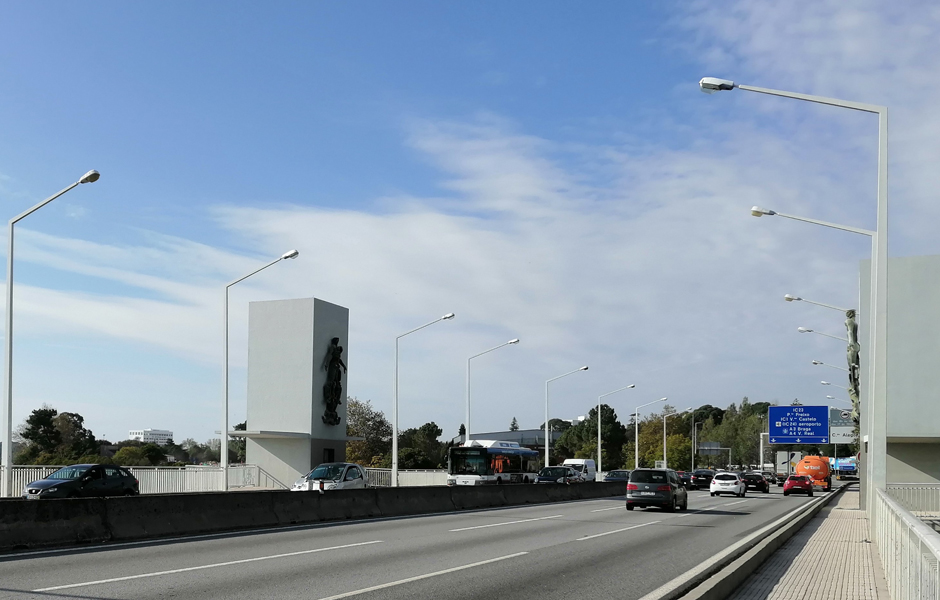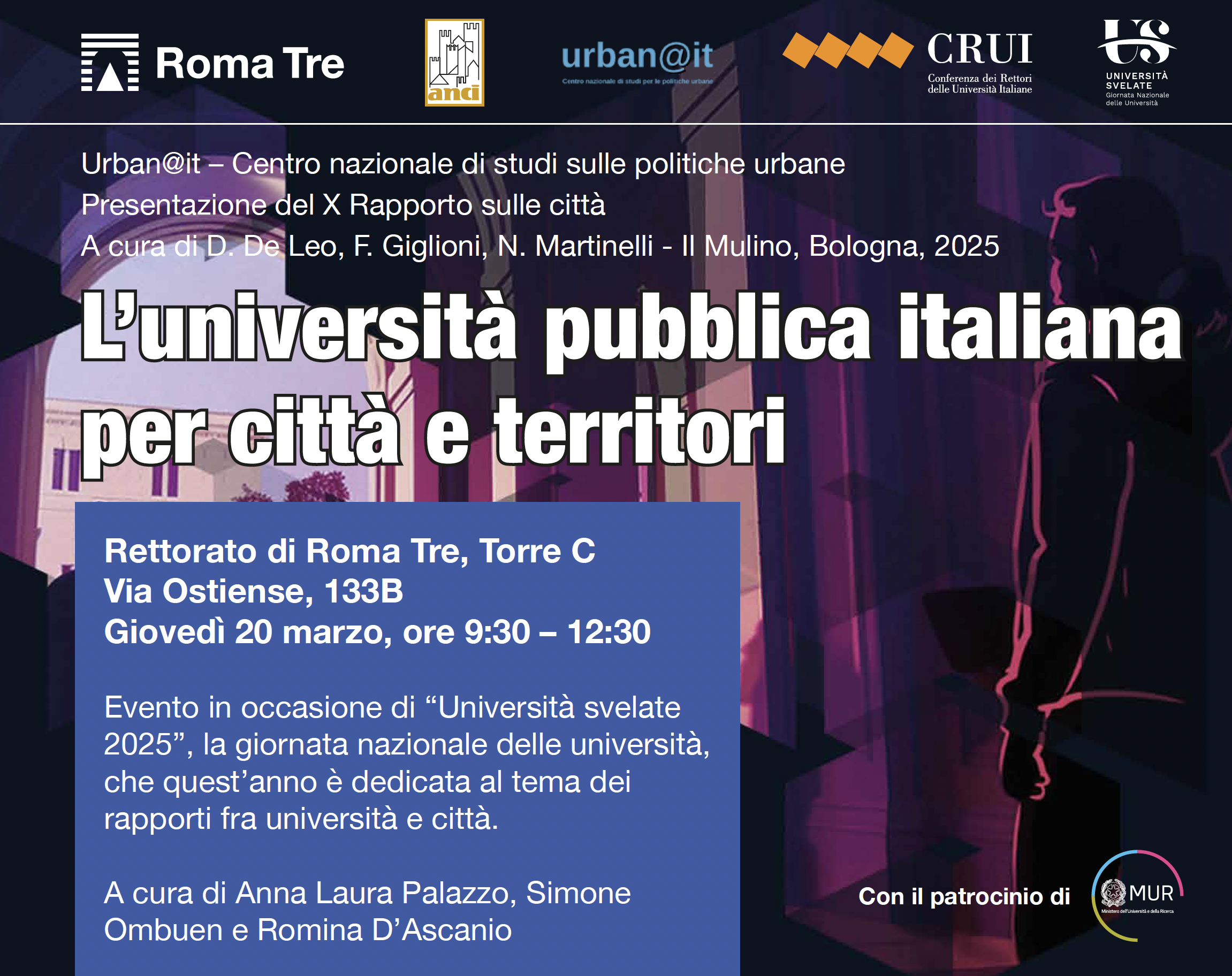Novità in rubriche – Cronache
THE CAR AS A CASTLE AMONGST CASTLES
The Car as a Castle amongst Castles and mobility after Covid-19
By Rui Alves
From my master’s thesis researching the effects of the car in cities and societies, the biggest learning point was the power of the individualization of people within the society and consequent disparity of direction, destiny and objective of their mobility and how this turned cities into “circulation paths”, having changed their use. The political and environmental ideals which used to favour this paradigm have changed though and have made it ‘harder to drive’, more expensive, trying to control pollution, favouring collective and/or light means of transport. The Covid-19 pandemic has changed these ideas – temporarily at least –, proving it isn’t healthy to travel ‘stuffed with dozens of others in a metal box’, and the car became, again, the ‘best tool for mobility’. The current mobility is unbearable though: how much can we learn from this situation, to be environmentally friendly while safe and healthy in our daily routines and travels? This pandemic may be an opportunity to adapt our cities and urban design to the individual needs of people within the collective that’s this globalized world.
Rui Filipe Ferreira Alves is a Portuguese architect and researcher, Master at the Porto Faculty of Architecture (Faculdade de Arquitectura da Universidade do Porto – FAUP). Recently he’s been working with the research/studies centre CEAU-MDT at FAUP, with Rui Braz Afonso and Nuno Bigotte, among others, on the development of several studies about small urban agglomerates and the agricultural colonization and consequent landscape transformation. He’s also been expanding his research on the effects of the car in cities and societies, continuing his masters degree dissertation thesis.








